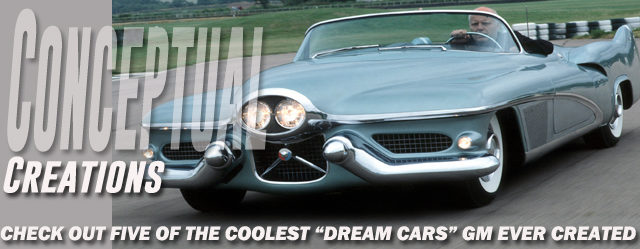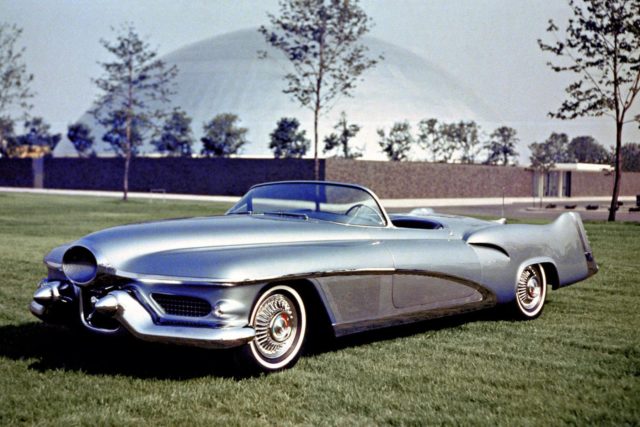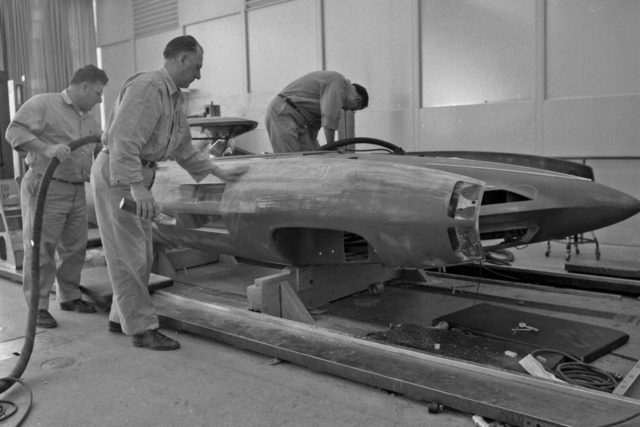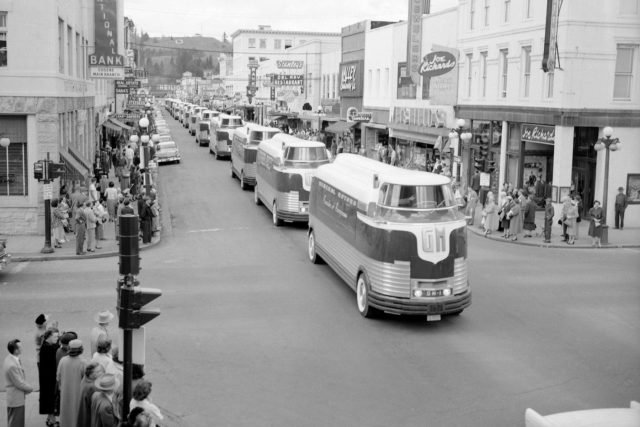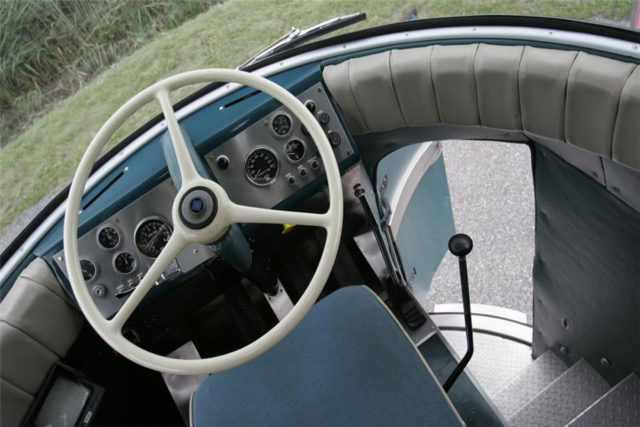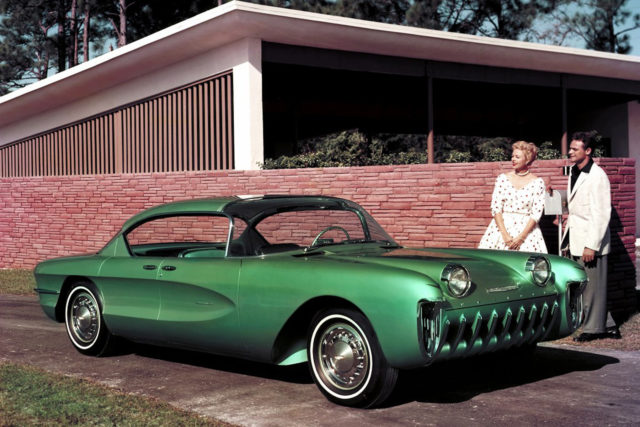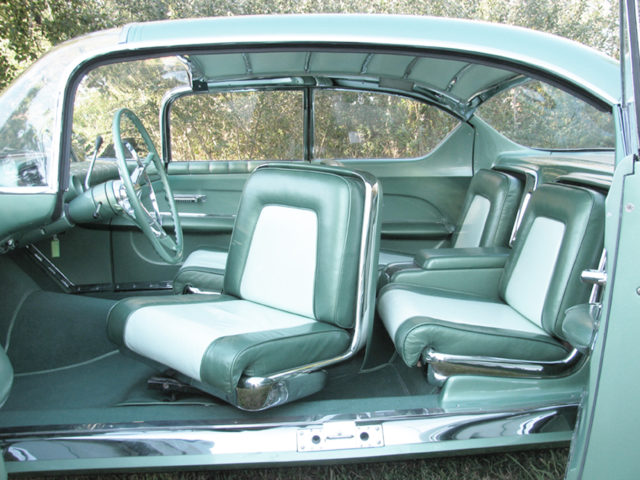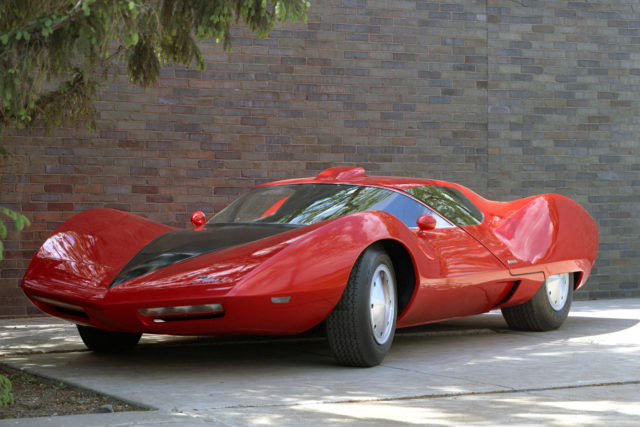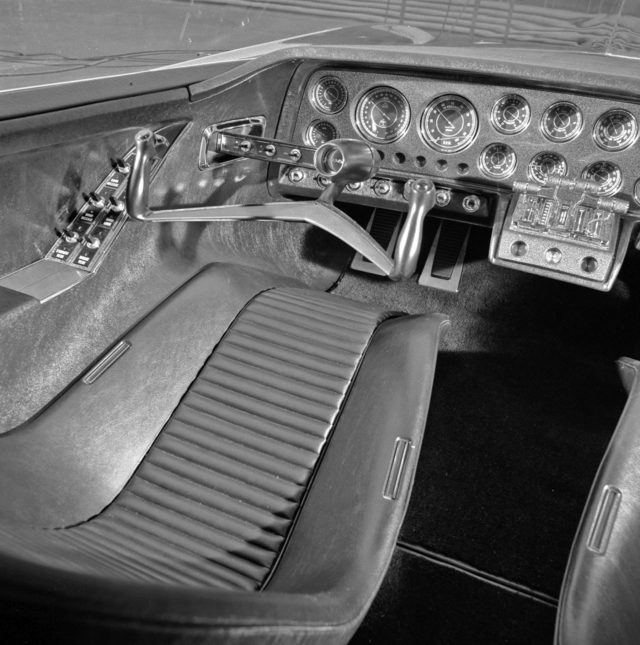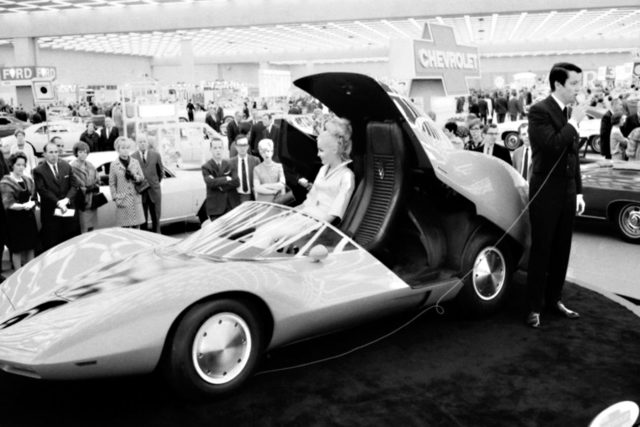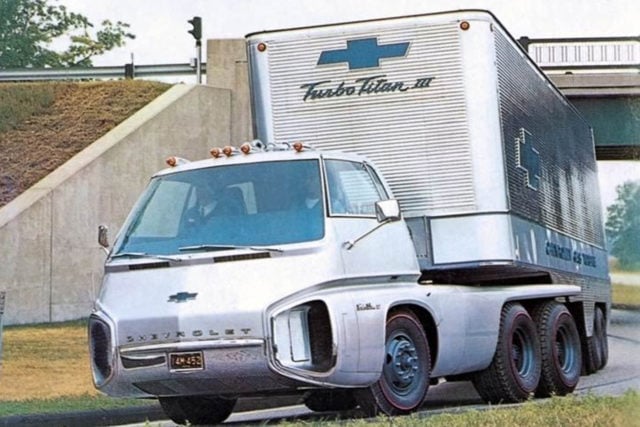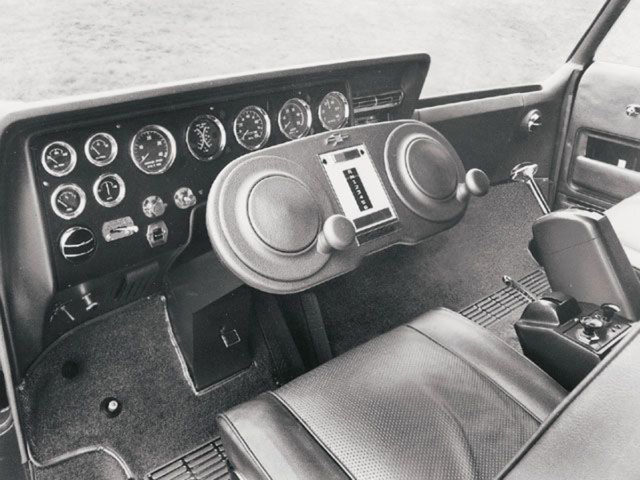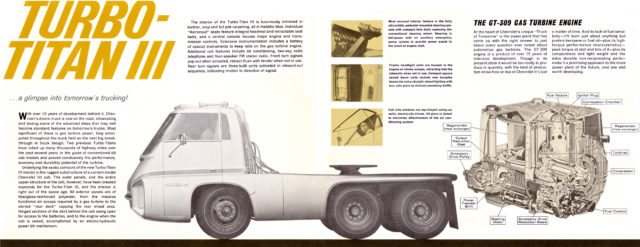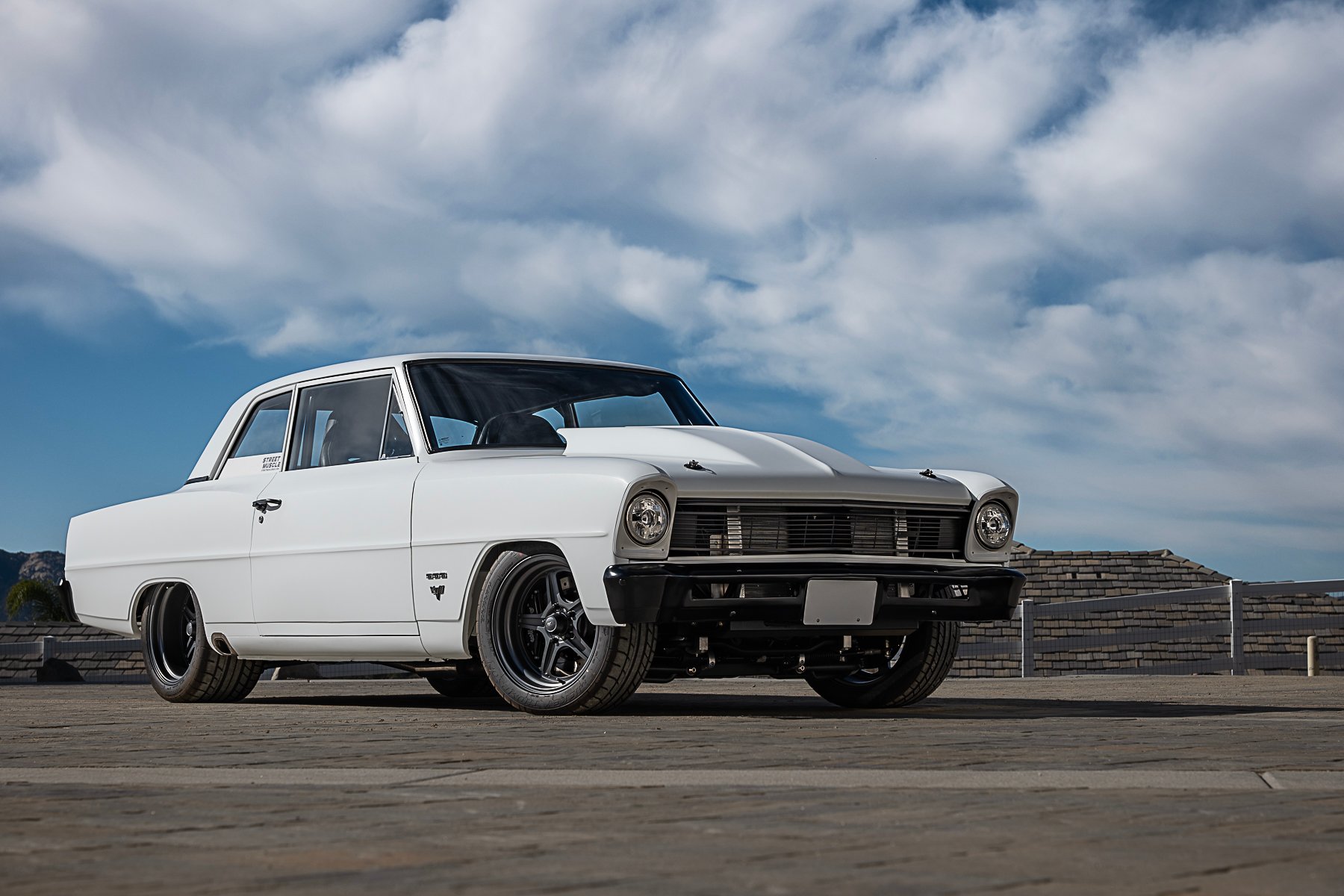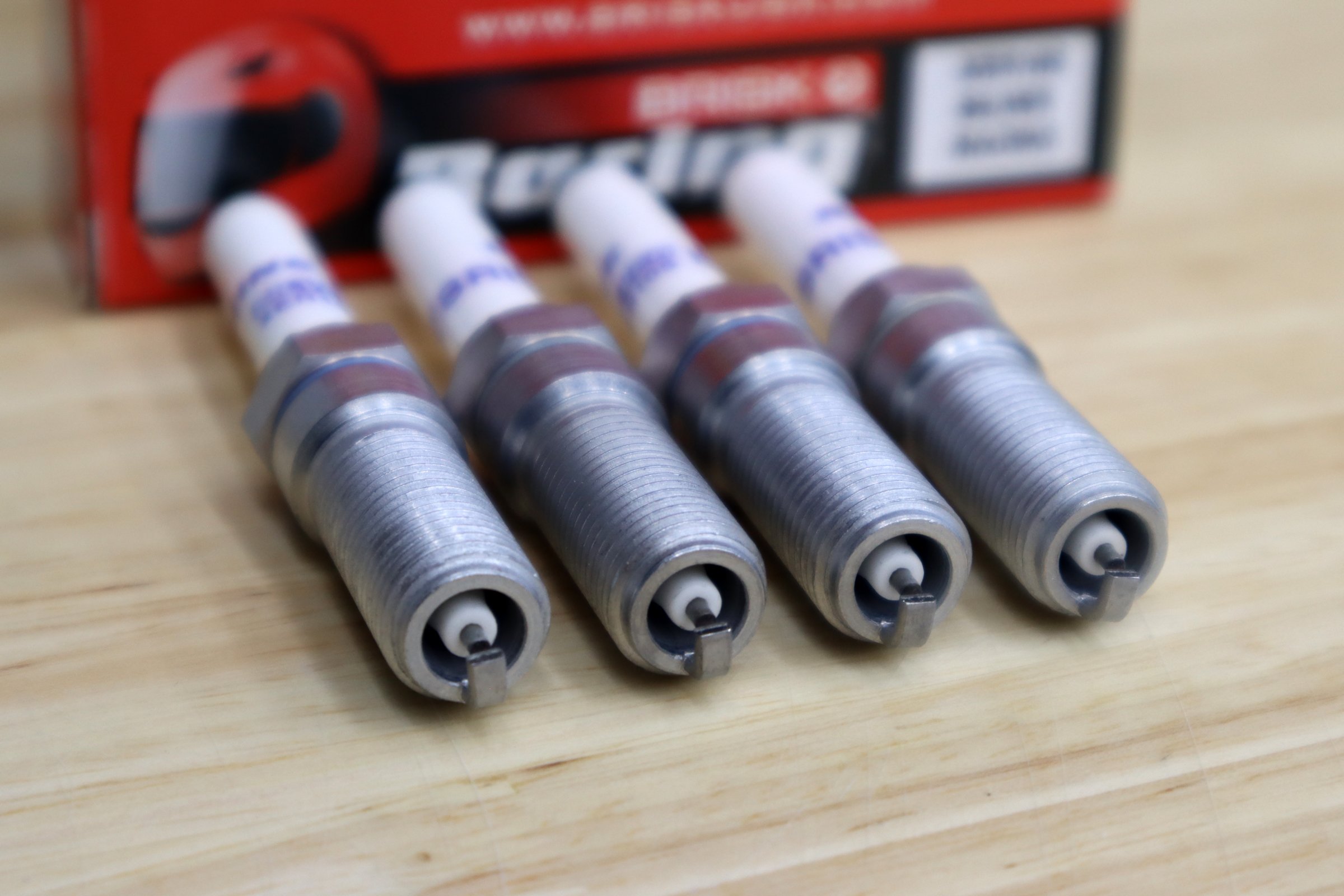When it comes to the actual purpose of a Concept – or Dream Car – one does not plan to see the vehicle eventually traveling down the roads of America. A Concept car is strictly a dream machine, a way to show what might be possible. The vehicles are designed and built only to showcase an automaker’s new technology or vision.
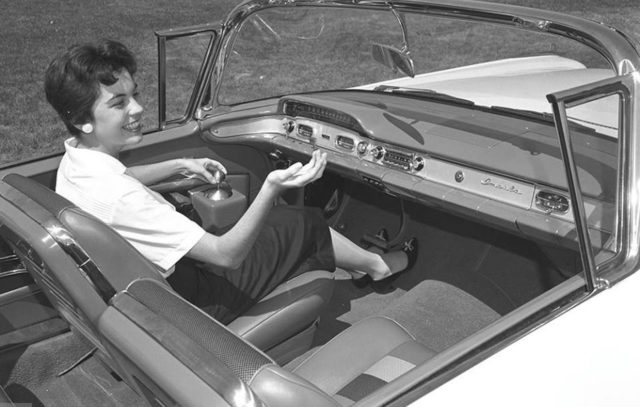
Imagine if all the features showcased in “dream cars” actually made it to market. Could you drive a car without a steering wheel? Images Courtesy GM Heritage
There is no doubt in our mind that the ‘50s and ‘60s ruled when it came to American dream cars. The country was enjoying a great prosperity, and that allowed all Americans to dream, and automakers to foster those dreams with ideas reaching into the future. Every automaker was building these “dream cars,” and in the mix, was General Motors with far-reaching ideas that captured the hearts of many.
To pay homage to these imaginative icons of ideas, we decided to showcase a few of the more memorable and maybe even lesser-known renditions of the dream car. We chose to expose five lost or forgotten dream cars that once thrust dreams of what could be into the future.
The 1951 Le Sabre
Chevrolet design can’t be remembered without Harley Earl. The design of the Le Sabre was his attempt to incorporate the look of modern jet fighter into automotive greatness. At the time, jets were quickly replacing prop-driven aircraft, and symbolized the latest in design and engineering. Harley Earl hoped to carry this concept into automobile design.
Like all his “concepts,” the Le Sabre was built to be roadworthy, and the body was made of aluminum, magnesium, and fiberglass. Under the hood was a supercharged 215 cubic-inch V8 that could run on both gasoline and methanol. Initially, the car utilized an early, rear-mounted Buick Dynaflow automatic transmission that was later changed to a GM Hydramatic.
The Le Sabre also featured numerous advanced features like heated seats, electric headlights that were concealed behind the center oval “jet intake”, a water (rain) sensor that could activate the power top, and electric jacks to help with changing tires.
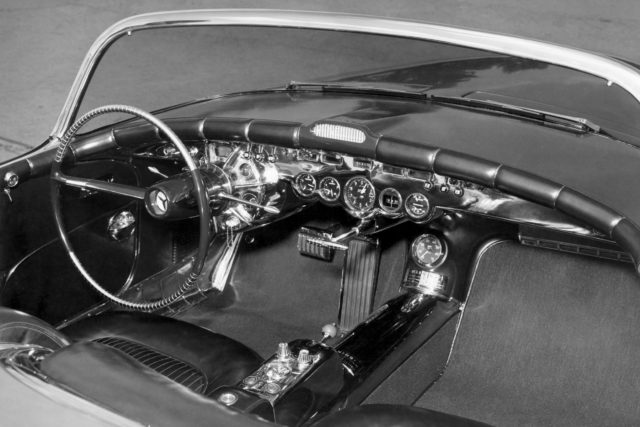
Since the car used a rear-mounted transmission, the tunnel in the front passenger compartment remained narrow.
The Le Sabre was the first time that GM used the rear-mounted transmission, which would reappear later, in the Pontiac Tempest. It was also the first car to use the 215 cubic-inch aluminum block, which eventually appeared in other BOP models.
The Le Sabre is still part of GM, and is in the General Motors Heritage Museum. Occasionally, it makes appearances at car shows.
1964 Stiletto
When 1964 rolled around, the jet age had passed, but the GM Stiletto made it clear that the philosophy was still on the mind of a few designers at GM. In a GM press release dated April 8, 1964, the Stiletto was touted to be a two passenger, high performance coupe with special appeal to car enthusiasts.
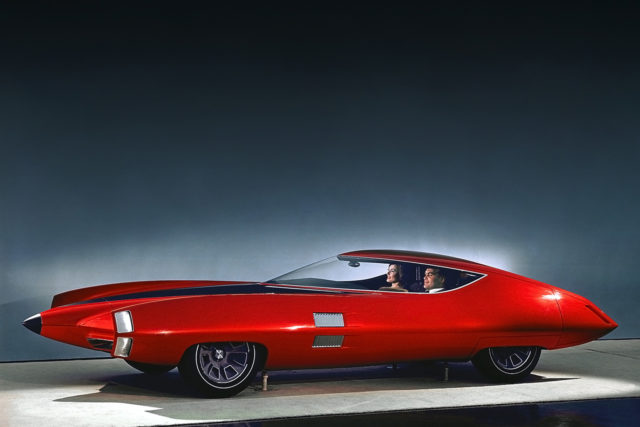
It was a futuristic design in 1964, and would still be considered “Jetson-like” if it were still around.
The Stiletto made its first appearance at the 1964-1965 World’s Fair. The car features a protruding nose cone that verified that the jet age had not completely went away.
When seated underneath the lifting roof that allowed entry, the occupants faced 31 indicator lights, 29 toggle switches, and 16 gauges, all spread across the roof and dashboard console.
But, when it came to the steering the Stiletto, a traditional wheel wouldn’t cut it. Imagine hopping into your musclecar, and being faced with an airplane-style steering apparatus. Try to picture in your mind one of these in a ’69 Camaro. Go ahead, we dare you.
Five years later, GM pulled the car from storage, redesigned the nose and called it a Pontiac Cirrus. It was put back on show duty for another year. Afterward, the car again went into long-term storage until being sent it to the crusher in the early ‘80s.
1939 –’40 Futurliner
GM was definitely getting creative, as they spelled future without the last ‘e’, so they could trademark the name. The sole purpose of the Futurliner was to transport GM’s ‘Parade of Progress, a travelling exhibition that toured North America.
Futurliner’s exterior is eye catching, with art deco details, envisioned by designer Robert E. Bingman. There were 12 Futurliners built, and each truck featured eight 20-inch wheels (four on each axle), and the US Royal, custom-made tires featured ‘General Motors Parade of Progress’ script within the whitewalls.
The aerodynamic form is said to rely on the early locomotive aesthetic of the time. The designers were also inspired by the Boeing Flying Fortress, which is evident by the early use of a glass dome for the cabin. That was later changed because it made the truck’s interior extremely hot.
Although huge, each vehicle only allowed seating for three people. The driver accessed the small cockpit via a door ahead of the front right wheel that hid six stairs. A bench seat was located in the rear of the cab.
The Futurliners were given an upgrade in 1953, that included revisions to the cab, the addition of air conditioning, and an engine change from diesel to fuel power.
While the whereabouts of all twelve Furturliners is unknown, it is known that one was wrecked in 1956, one sold in 2006 for $4,000,000 and then again in 2015 for the same amount. Another was restored and is in the NATMUS museum in Auburn, Indiana. One was even restored and in use as a motorhome. In 2008, a Futurliner was delivered to its new home in Sweden with a 10-year restoration plan. In 2013, it was reported that Peter Pan Bus Lines in Massachusetts had two. One was painted, and the other was in storage. We reached out to the company through their website, and according to a representative, “both are in our Springfield, Massachusetts, Maintenance Center. One is fully restored (and beautiful!), however, the second was used for parts to restore the first.”
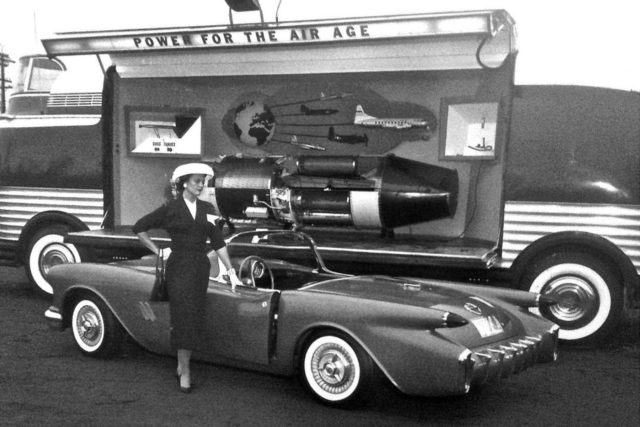
In front of the Futurliner is the 1954 Oldsmobile F-88 Concept Car. The F-88 was built on a Corvette chassis, and was an attempt to create a similar high-performance fiberglass-body roadster, but with Oldsmobile styling. It was powered by a souped-up Oldsmobile Super 88 engine.
Finally, one was rebuilt as a flatbed hauler, another underwent a televised restoration, and was completed in 2014, and another is in Maine. There are still two Futurliners with unknown whereabouts
1955 Chevy Biscayne
If you wanted to be wowed at the 1955 General Motors Motorama, the Biscayne delivered. Like the Le Sabre, it was designed and built under the direction of Harley Earl. The car was conceived as an “exploration in elegance,” and the sleek design was not the only eye-catching feature of the Biscayne – it was a true hardtop sport sedan. It shared 115-inch wheel base of the all-new 1955 Chevrolet, but rode substantially lower, and 10 inches shorter overall than the standard car. The body was made of reinforced fiberglass, and its deeply sculptured body lines were a striking departure from the norm.
The Biscayne’s front and rear doors latched in the middle of the car, locking into the rocker panels when closed — there was no latch pillar. The interior featured four bucket seats, and the front two pivoted outward to help the occupants enter and exit much easier.
The Biscayne also showcased Chevrolet’s new 265 cubic-inch Turbo-Fire V8, and the Biscayne’s engine showcased the new engine with chrome accents, a four-barrel carburetor, and internal mods that helped boost output to 215 horsepower.
In late 1958, the Motorama Biscayne was cut up for scrap at the salvage yard where former GM show cars were routinely destroyed. Fortunately, the yard owner liked the car, and didn’t finish the job. Instead, he stashed the chopped-up pieces. Thus, the fragmented Biscayne was unearthed at the yard three decades later, and a restoration was completed in 2010.
Astro I
It was in 1967 when Chevrolet introduced a concept car that got its inspiration from the Corvair. Many feel the Astro I still remains one of the most innovative concept cars ever to come from General Motors. The Astro I was designed under the direction of GM Vice President of Design, William L. Mitchell, with the actual work being led by Larry Shinoda.
With an overall height of just 35 1/2 inches, the closed coupe didn’t even look like a normally-scaled automobile. It rode on an 88-inch wheelbase, and had an overall length of 176 3/4 inches, an overall width of 72 1/4 inches.
The Astro I did not use conventional doors to let passengers in and out, rather a clam-shell style roof was employed. Incorporated into the clam-shell, the windshield itself was a large, wraparound design. There was no rear window, so a periscope was used in lieu of a rear-view mirror.
Once inside, the driver was greeted by a variety of aircraft-inspired design elements. Take for instance the “head-to-toe” bucket seats, the control pod to the left of the driver, and of course, the twin handgrips that replaced the conventional steering wheel.
Up front, two rectangular grilles were set in a V-shaped nose section, and hidden pop-up headlamps were located on the leading edge of the hood section, just above those grilles.
Power came from a highly modified Corvair engine, and a complete four-wheel independent suspension system. Magnesium eight-bolt wheels featured removable outer rims available in a variety of widths. They were wrapped with prototype Goodyear redline tires.
The car is still owned by GM, has been restored, and is part of the GM Heritage Collection.
Turbo Titan III
The aptly-named hauler of goods was announced in July of 1965. The Turbo-Titan III, was an operational prototype that combined advanced truck styling and a gas turbine engine. An existing production truck chassis was used as the foundation, and pulled a specially produced 40-foot stainless trailer. The entire rig had a 50-foot overall length and an operating gross combination weight of 76,800 pounds.
General Motors had developed several operational turbine concept platforms in the early ’50s, and the GT-309 turbine engine was based on more than 15 years of continued development. Its operating heritage included units used in the experimental Firebirds, the Turbo-Cruiser bus, two Chevrolet Turbo-Titan production truck platforms, and 15 operational Allison Prototypes. The 309 produced 280 horsepower with an upper shaft speed of 4,000 rpm. Turbine engines deliver their highest torque levels at stall, and the 309 developed a maximum torque rating of 875 lb./ft. at idle.
The Turbo-Titan III used fiberglass and steel cab components with the styling theme extended to the chassis, which was totally concealed by fiberglass panels. Power-operated gull-wing style doors provided operator entry when the key was inserted in the door. Retractable square headlamps were mounted within functional air intakes, and the front turn signals were retractable. A flat exhaust stack exited through the roof.
Inside, spacecraft-inspired seats with full headrests were mounted on each side of a center console. A T-handle shifter poking out of a center console controlled the six-speed automatic transmission. The truck boasted air-operated windshield wipers, tinted glass, air conditioning, and a heater. A four-speaker FM stereo and a two-way telephone were used. Did you notice the dial steering system? Twin dials operated power steering, and the pedestal pivoted forward and back for the most comfortable driving position.
Sadly, it is reported that the Titan III was destroyed in the late ’60s.
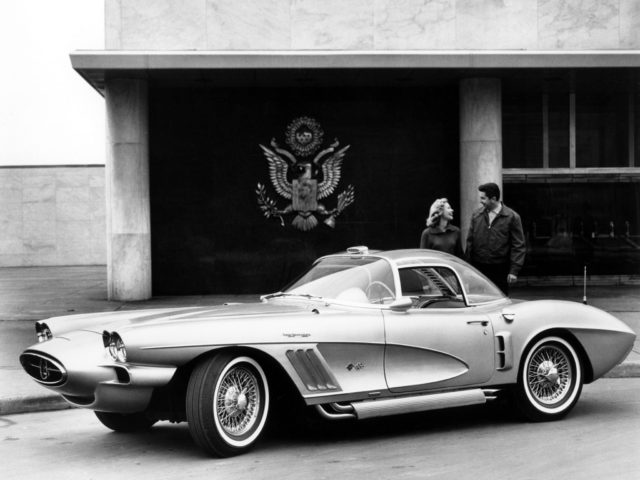
Although a very cool car, the 1958 Chevrolet Corvette XP-700 concept car didn’t make out list. It was just too cool. You can however, check it out by clicking here.
The concept vehicle was and will continue to be a “dream vehicle” of sorts, not always highlighting what is available, but what the manufacturers can dream up to wow show goers looking for the latest and greatest in automotive technology

